Iceland’s Ring Road efficiently delivers tourists to the country’s most famous attractions, from Gullfoss waterfall to Jökulsárlón glacier lagoon. Still, the real magic happens in remote valleys and forgotten peninsulas that require leaving the paved highway behind.
These are the places where Icelanders go to connect with the raw power of their landscape, where ancient sagas unfolded centuries before tourism existed, and where geological forces continue to shape the island without an audience. The challenge is that accessing these hidden gems requires four-wheel drive vehicles, careful planning, and sometimes hiking boots rather than tour buses.
The most rewarding Iceland experiences happen when you abandon the well-marked route and venture onto gravel roads that lead to places where you might not see another person for hours. Here is a list of 20 hidden gems that will show you Iceland’s wild heart beyond the tourist trail.
Hornstrandir Nature Reserve
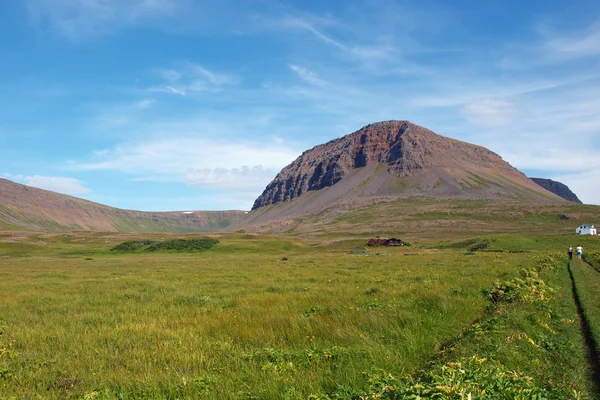
This abandoned peninsula in the Westfjords requires a boat ride to reach hiking trails that wind through Arctic fox territory and abandoned fishing villages, where time seems to have stopped in the 1950s. The dramatic cliffs rise straight from the ocean while providing nesting sites for millions of seabirds that create a cacophony of sound during summer months.
No roads exist here, making it one of Europe’s last true wilderness areas where hiking means committing to multi-day expeditions.
Kerlingarfjöll
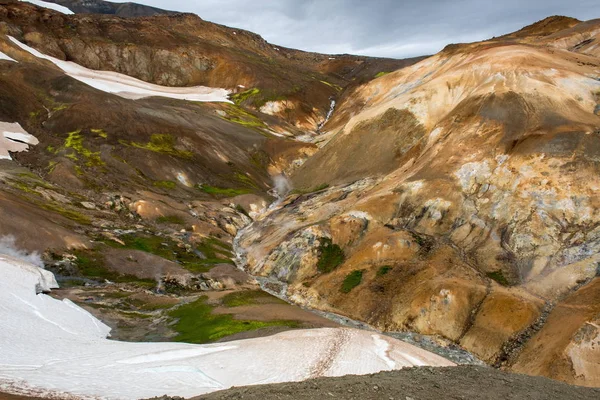
This rhyolite mountain range is situated in Iceland’s interior highlands, accessible only during the summer months via rough highland roads that require experienced four-wheel driving. The geothermal areas create steaming valleys surrounded by colorful mineral deposits that paint the landscape in reds, yellows, and greens that seem impossible in this stark environment.
Local hiking clubs use it as a base camp for multi-day treks into areas where GPS becomes an essential navigation tool.
Like Travel Pug’s content? Follow us on MSN.
Ásbyrgi Canyon
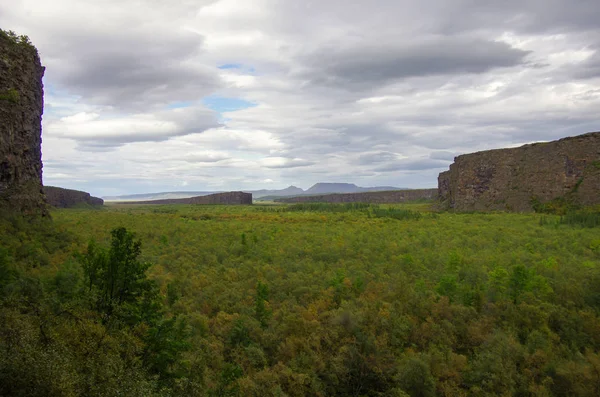
This horseshoe-shaped canyon in the north is said to have formed when Odin’s eight-legged horse Sleipnir touched down, creating a geological formation that feels mythical even to modern visitors. The sheltered environment supports birch forests and wildflowers, creating an oasis atmosphere surrounded by barren highlands.
Hiking trails lead to hidden ponds and rock formations that require scrambling over loose stones and navigating unmarked paths.
Fjaðrárgljúfur Canyon
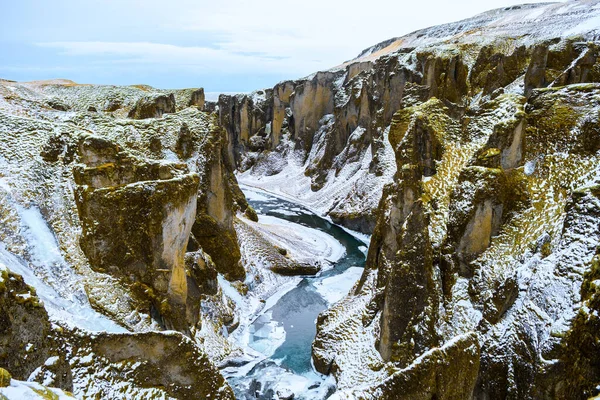
This narrow canyon near Kirkjubæjarklaustur remained virtually unknown until social media discovered its dramatic walls and emerald river. However, visiting still requires hiking along unguarded cliff edges, where the weather can change within minutes.
The basalt formations create cathedral-like chambers as the river continues to carve deeper channels through bedrock that’s millions of years old. Local authorities limit access during nesting season to protect bird populations.
Vatnajökull Ice Caves
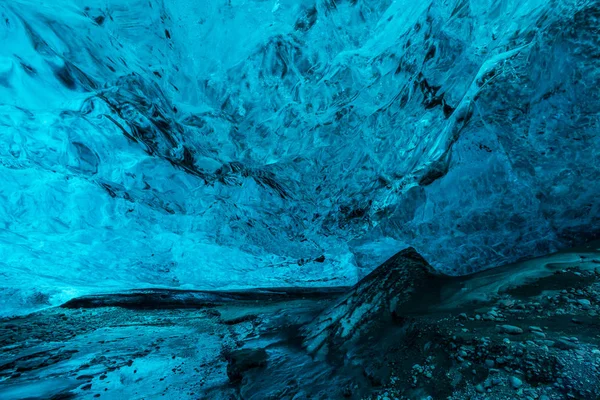
These natural ice caves form differently each winter beneath Europe’s largest glacier, requiring specialized guides and equipment to explore chambers that glisten with blue ice and create acoustic environments unlike any other on Earth. The formations change constantly as meltwater carves new passages while collapsing others, making each visit a unique exploration into a frozen underworld.
Access requires super jeep transportation and ice climbing gear for safe navigation.
Like Travel Pug’s content? Follow us on MSN.
Holuhraun Lava Field
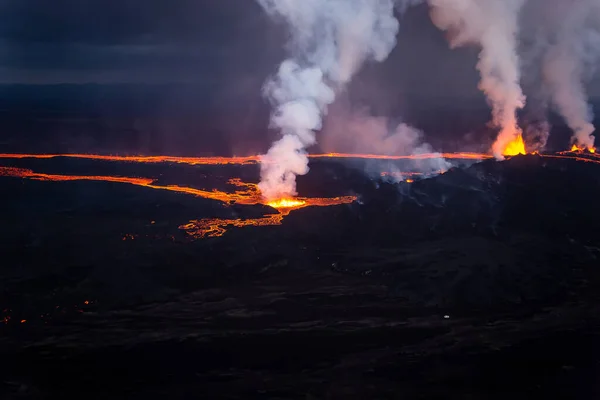
This recent lava field formed during the 2014-2015 eruption and remains so fresh that steam still rises from cooling rock in an otherworldly landscape that demonstrates Iceland’s active geology. The black lava creates a moonscape where nothing grows, while the sulfur smell reminds visitors that they’re walking on rock that was molten just years ago.
Reaching it requires highland driving skills and careful attention to wind direction due to toxic gas emissions.
Litlanesfoss and Hengifoss

These waterfalls in East Iceland require a moderately challenging hike through basalt column formations that create a natural architectural landscape around cascading water. The hexagonal rock columns formed during ancient cooling periods, while the waterfalls continue to carve through layers of geological history that span millions of years.
The trail receives few visitors compared to Ring Road waterfalls, maintaining a wilderness atmosphere throughout the hiking experience.
Aldeyjarfoss
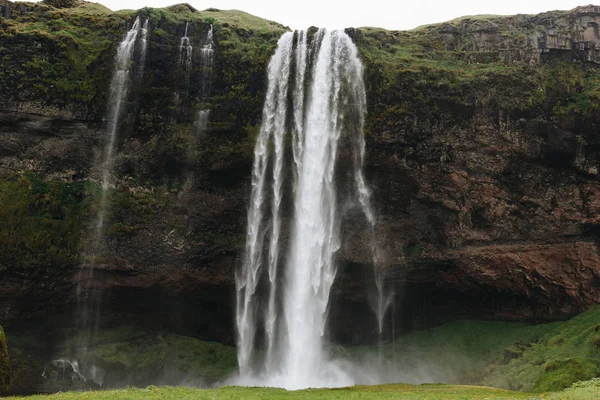
This waterfall in North Iceland drops over distinctive basalt columns that create a natural amphitheater around the plunging water, requiring a rough highland road to reach viewing areas that showcase the geometric precision of volcanic rock formations. The contrast between white water and dark rock creates dramatic photographic opportunities while the remote location ensures solitude for contemplating geological forces.
Access is limited to summer months and requires four-wheel drive capability.
Like Travel Pug’s content? Follow us on MSN.
Laugavegur Highland Trail
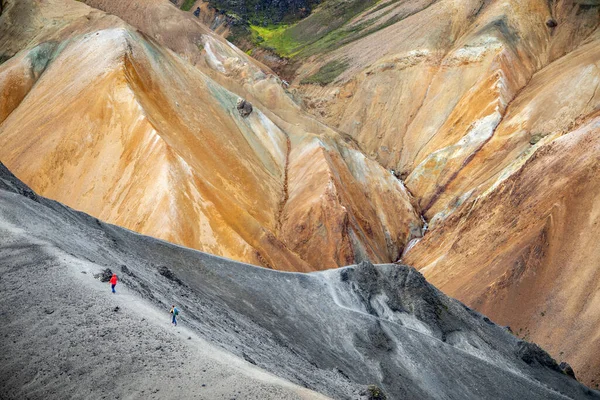
This multi-day hiking route connects Landmannalaugar to Þórsmörk through rhyolite mountains, obsidian fields, and glacier valleys that change dramatically over 34 miles of challenging terrain. The trail requires reservations at mountain huts, river crossings, and weather preparedness for conditions that can include snow, even during summer months.
Experienced hikers consider it one of the world’s great trekking routes through landscapes that exist nowhere else.
Sigöldugljúfur Canyon
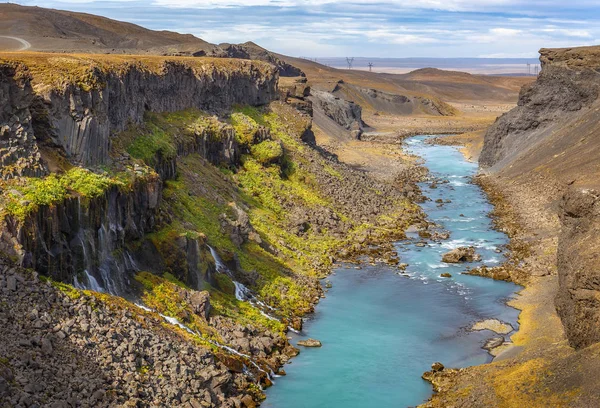
This hidden canyon near Landmannalaugar remained virtually unknown until recent years, featuring turquoise pools and dramatic waterfalls that require hiking across loose volcanic rock and navigating unmarked approaches. The canyon’s name means “money gorge”, and the geological formations create a series of natural pools connected by cascades that flow through colorful rock walls.
Reaching the best viewpoints requires scrambling and careful foot placement on unstable surfaces.
Djúpivogur
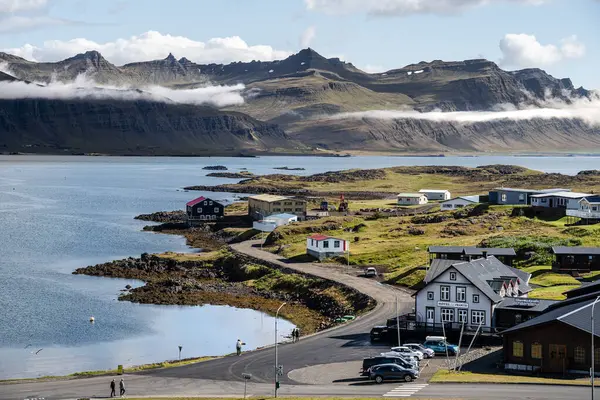
This remote fishing village in East Iceland maintains its authentic character, with a population of 400 people who work in fishing and tourism, while preserving traditional architecture and cultural practices. The surrounding mountains create a dramatic backdrop, while the harbor is home to active fishing boats that supply Iceland’s seafood industry.
Local museums showcase maritime history, and the village serves as a gateway to the Eastfjords’ most remote hiking areas.
Like Travel Pug’s content? Follow us on MSN.
Mýrdalsjökull Ice Climbing
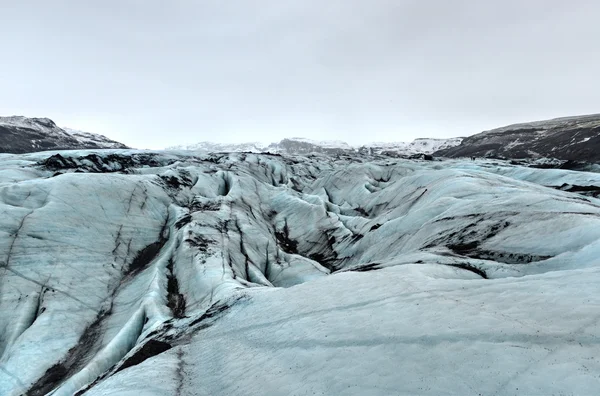
This glacier offers ice climbing opportunities for experienced mountaineers who want to explore crevasse systems and ice formations without the crowds that gather at more accessible glaciers. The approach requires glacier equipment and knowledge of ice safety while providing access to seracs and icefalls that demonstrate the dynamic nature of glacial ice.
Local guides specialize in technical glacier travel for climbers seeking challenging alpine experiences.
Hraunfossar Springs
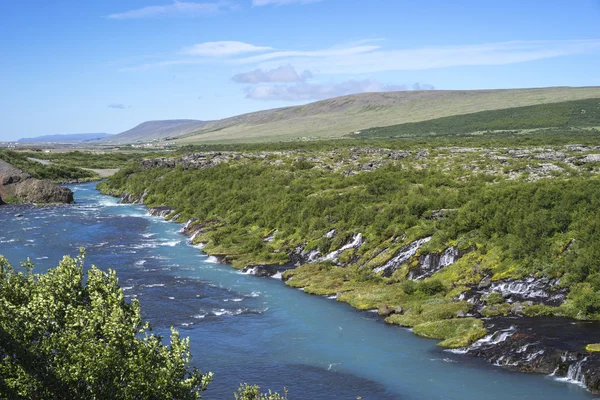
These springs emerge from beneath a lava field to create hundreds of small waterfalls that flow over moss-covered rock formations into the Hvítá River, creating a geological phenomenon that demonstrates how groundwater interacts with volcanic rock. The springs maintain a constant temperature year-round, supporting unique plant communities that thrive in the mineral-rich environment.
The area requires careful walking on wet rocks and slippery surfaces.
Þórsmörk Valley
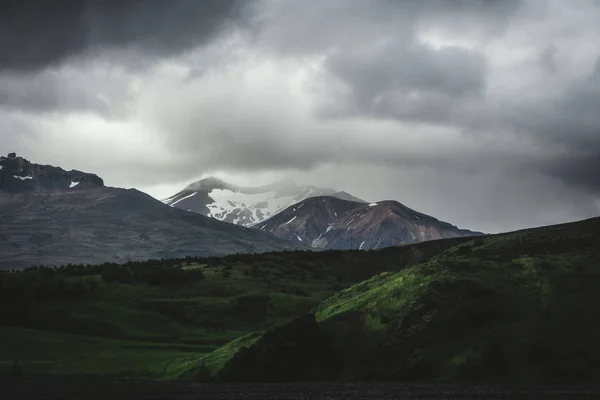
This green valley surrounded by glaciers requires river crossings and highland driving to reach hiking trails that wind through birch forests and up to viewpoints overlooking three major glaciers. The sheltered location creates a microclimate that supports vegetation rarely found elsewhere in Iceland while providing a base camp for serious mountaineering expeditions.
Access depends on river conditions and requires specialized vehicles capable of fording glacial streams.
Like Travel Pug’s content? Follow us on MSN.
Kverkfjöll Geothermal Area
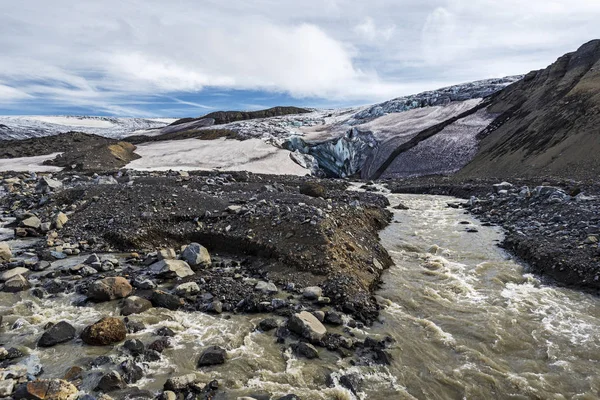
This remote geothermal field sits beneath Vatnajökull glacier, creating ice caves and hot springs that coexist in an environment where fire and ice literally meet. The area requires expedition-level preparation and highland driving skills to reach geothermal features that few people ever experience.
Steam vents and hot springs create tropical microclimates surrounded by glacial ice in formations that challenge understanding of natural processes.
Breiðafjörður Bay Islands
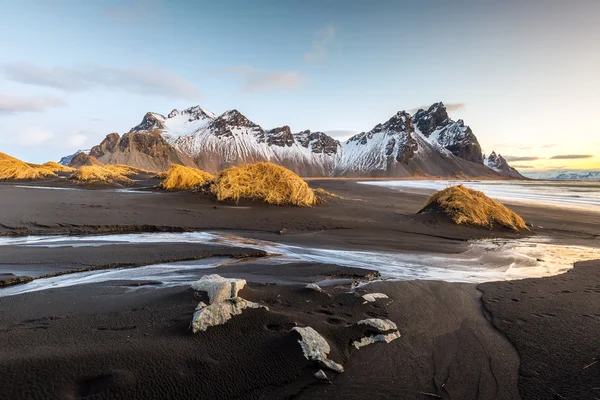
This bay contains thousands of small islands and skerries that create a maze of waterways accessible only by small boats or kayaks during calm weather conditions. The islands support Arctic tern colonies and seal populations while providing opportunities for multi-day camping expeditions in one of Iceland’s most remote marine environments.
Local boat operators specialize in wildlife viewing and transportation to uninhabited islands.
Glymur Waterfall

Iceland’s second-highest waterfall requires a challenging hike that includes river crossings, chain-assisted cliff sections, and route-finding skills to reach viewpoints overlooking the 650-foot cascade. The trail follows ancient paths used by Icelandic travelers while providing access to wilderness areas that few modern visitors explore.
Weather conditions can make the hike dangerous, requiring proper equipment and experience for safe completion.
Like Travel Pug’s content? Follow us on MSN.
Bláfjöll Geothermal Area
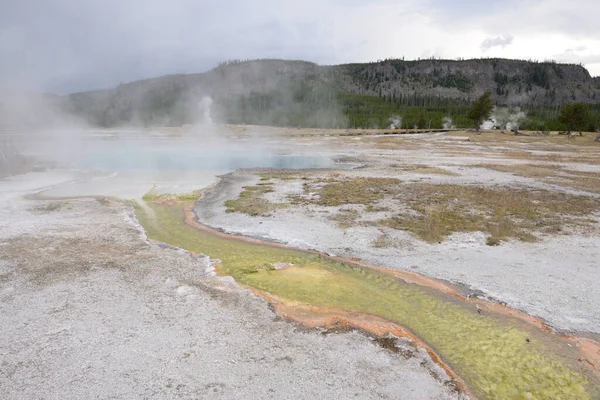
This lesser-known geothermal field near Reykjavik offers hiking opportunities through steaming vents and colorful mineral deposits without the crowds that pack more famous geothermal attractions. The area features small hot springs and mud pots that demonstrate ongoing volcanic activity, providing educational opportunities about Iceland’s geothermal energy systems.
Local hiking clubs use it for training expeditions and geological education.
Öskjuhlíð Hill Hiking Trails

These trails near Reykjavik wind through birch forests and up to viewpoints that overlook the capital area while providing access to quiet natural areas within the city limits. The forested environment in Iceland feels unusual, yet it supports bird populations and plant communities that thrive in the sheltered microclimate.
Local residents utilize the trails for exercise and to connect with nature, all within the urban area.
Eldgjá Canyon
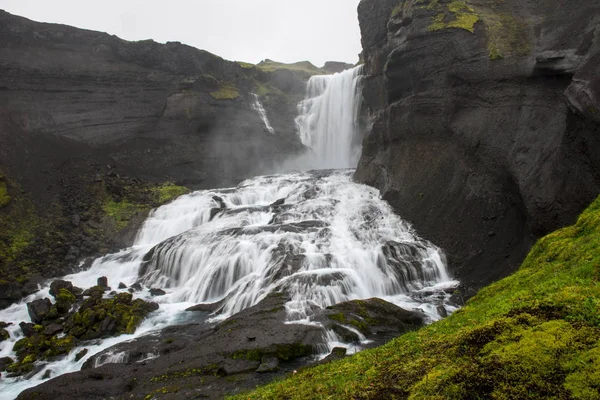
This volcanic fissure stretches for 25 miles through the highlands, creating a canyon system that formed during one of history’s largest volcanic eruptions while remaining largely unknown to casual visitors. The canyon includes waterfalls, lava formations, and hiking opportunities that require serious preparation and highland driving skills to access safely.
The scale of the geological formations demonstrates the immense forces that continue to shape Iceland’s landscape.
Like Travel Pug’s content? Follow us on MSN.
Iceland’s Untamed Frontier
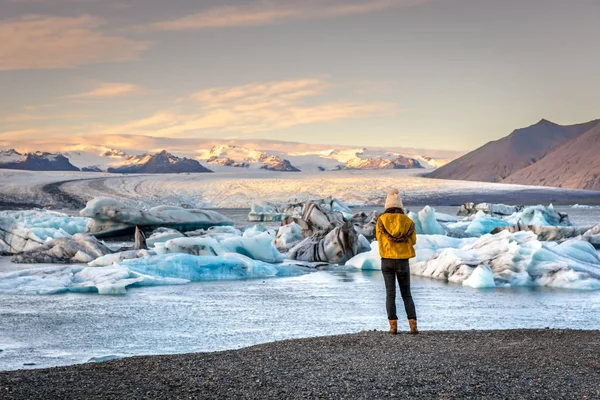
These hidden gems represent Iceland’s authentic character as a land where natural forces operate without compromise, creating landscapes that challenge both physical capabilities and our understanding of what is possible in the natural world. Each location requires genuine commitment to reach, whether that’s developing four-wheel driving skills, carrying mountaineering equipment, or accepting that weather might prevent access entirely.
The Icelanders who explore these places understand that the island’s greatest treasures are those that demand respect for both the landscape and the forces that created it, maintaining a relationship with nature that tourism can experience but never fully tame. Iceland’s hidden gems reward preparation and courage while reminding visitors that some of the world’s most spectacular places remain accessible only to those willing to venture beyond the safety of paved roads and marked trails.
More from Travel Pug

- 20 Best Beach Towns in the Carolinas
- 13 Destinations Where Tourists Regularly Regret Their Trip
- 20 Destinations That Are More Magical Without an Itinerary
- 20 Underrated Adventures That Belong on Your Travel List
- 20 Cities Where You Should Just Wing It, No Planning Required
Like Travel Pug’s content? Follow us on MSN.N.
